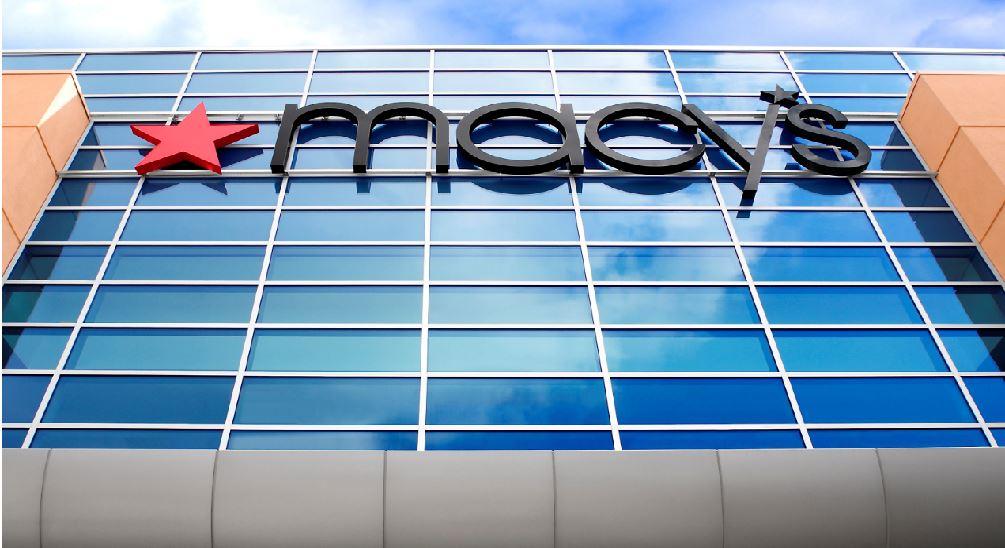The announcement last week that Macy’s would close 150 underperforming stores as part of a strategic realignment is the latest indication of the declining appeal of mall-based retail. Just over a year ago the company announced its intention to accelerate the expansion of its small format stores, indicating they provided “a unique opportunity to target high-traffic shopping centers.”
Malls were once considered the epitome of “high-traffic shopping centers,” and the idea that Macy’s, the historic exemplar of a powerhouse mall anchor, is now pegging its growth to an off-mall concept while rapidly expanding its omnichannel effort speaks volumes about the changing face of retail in the 21st century.
These stores, which are about one-fifth the size of a full-line Macy’s store and feature highly curated and increasingly specialized assortments, represent one more evolutionary step away from what once defined the nation’s premiere department store operation: a plethora of “departments” under a single retail roof.
The venerable retailer was nearly an example of another form retail evolution recently as a group outside investors looked to buy the chain and convert its real estate portfolio into cash, with little regard for whether the body survived the operation to remove and sell-off its parts (can you say Sears?).
At the other end of the spectrum was a recent story in the New York Times about Levi Strauss & Company (yes, the jeans Levi’s) looking to expand its product portfolio and its store count. Now under the stewardship of former Kohl’s CEO Michelle Gass, the jeans giant is expanding its apparel assortment to encompass tops, jackets and enough other apparel to turn Levi’s from a jeans brand sold in other retailer’s stores into a “denim lifestyle retailer.”
According to the Times report the goal is to grow Levi’s direct-to-consumer business from its current 42% of revenue to 55% over the next six years. The opening of a Levi’s store is nothing new; the jeans maker opened its first in 1983.
However, the company currently has more than 2,000 stores worldwide and 244 in the U.S., according to the Times. What is new and noteworthy is the pace of its retail acceleration — 105 stores opened last year — coupled with the effort to take greater control of its path to the consumer.
The proliferation of direct-to-consumer concepts, certainly familiar to mattress and furniture makers, has been met with mixed success. Initially viewed as a potential killer of the retail mattress business, its currently viewed more as a brand creation model than a replacement for brick-and-mortar retail.
Regardless, the number of companies looking to test the concept and eliminate barriers between product creator and consumer continues to grow every year. At a time when store traffic remains challenging, the impetus for manufacturers to pursue any avenue to get in front of consumers makes the prospect of DTC capturing major share across a growing number of consumer product segments increasingly likely in the coming years.
